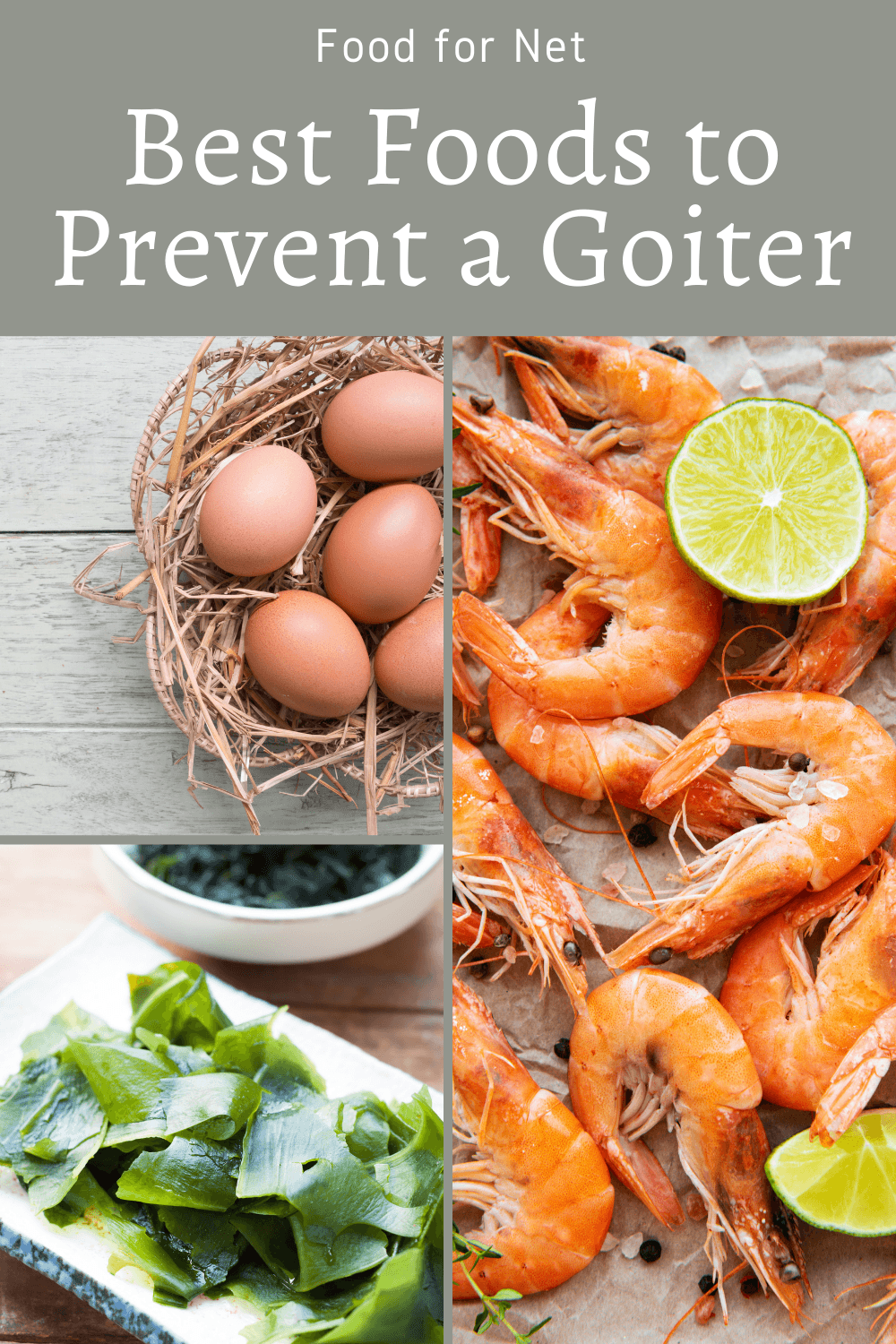
A goiter is when your thyroid gland becomes abnormally enlarged. Goiters are normally painless, but they can cause problems if they’re too large, as the size can make breathing or swallowing difficult. While goiters aren’t normally treated with dietary changes, there are some good foods for goiter prevention.
Many of these foods are rich in iodine because a lack of iodine is a common cause of goiters. However, iodized salt is common in the United States, so many people are already getting the iodine that they need. In this case, a goiter might be caused by imbalanced thyroid hormones or a problem with nodules on the thyroid gland.
As always, the foods on this list don’t guarantee that you’ll never get a goiter. Still, they can help to decrease your risk. They’re also all nutritious foods that provide a variety of health benefits, so why not try them for yourself?
Best Foods To Prevent A Goiter
- White Fish
- Fatty Fish
- Shrimp
- Seaweed
- Eggs
- Milk
- Cottage Cheese
- Cruciferous Vegetables
- Iodized Salt
- Iron Rich Foods
- Selenium Rich Foods
- Zinc Rich Foods
White Fish
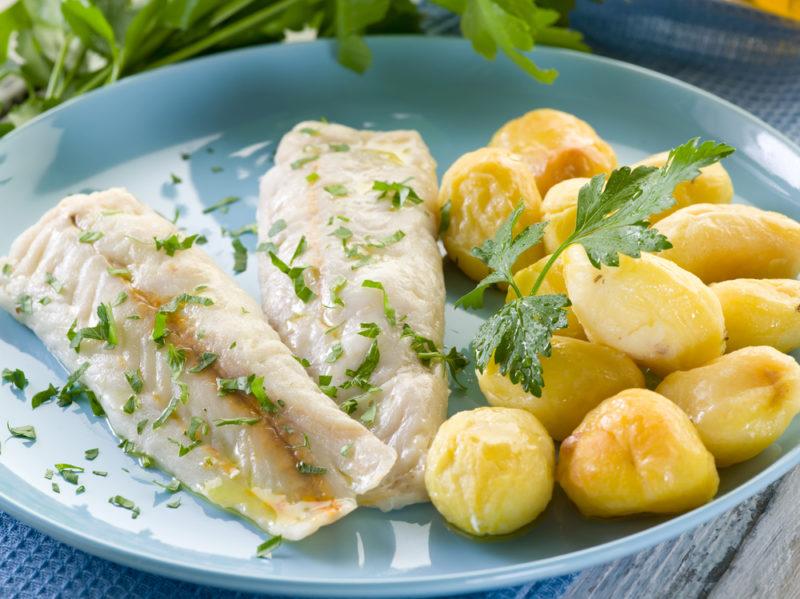
Fish is famous as a source of omega-3 fatty acids. But, that’s not our main focus here. Instead, we’re interested in the iodine content of fish.
Iodine isn’t just an essential mineral. It’s also important for your thyroid hormones. Without enough iodine, your body can’t produce the thyroid hormones that it needs, which can have flow-on effects on your health.
White fish offers a decent amount of iodine. There’s an inverse relationship between iodine levels and fat, so lean fish tends to contain more iodine than fatty options.
Cod is a particularly good choice for iodine. You’re often getting 40% or more of your daily iodine intake from a three-ounce serving of cod. However, the exact amount of iodine will vary depending on where the fish was caught and how it was raised.
Fatty Fish
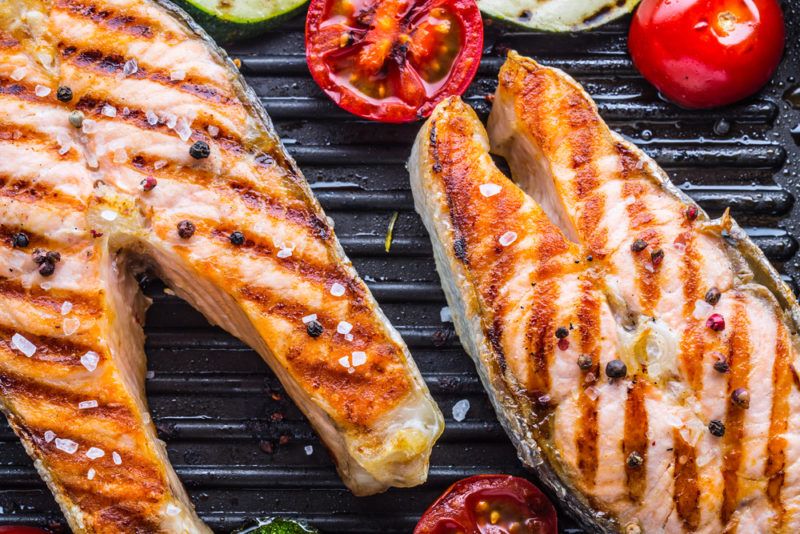
Fatty fish don’t offer as much iodine as white fish. Still, this type of fish has some advantages, particularly the omega-3 fatty acid content. This is much higher in fatty fish compared to lean fish.
Omega-3 fatty acids aren’t directly linked to goiter prevention. However, these fats can help to reduce inflammation throughout your body, which is important for balancing your thyroid hormones.
Healthy fats like omega-3s are even more powerful if you’re relying on them instead of saturated fats.
Fatty fish are also relevant for their vitamin D content. You can’t get all the vitamin D you need from food, but food sources of vitamin D can help you along the way.
It’s not clear how vitamin D affects your thyroid, but vitamin D deficiency has been found in some patients with thyroid conditions. This suggests that keeping your vitamin D levels up could help you to avoid thyroid problems.
Shrimp
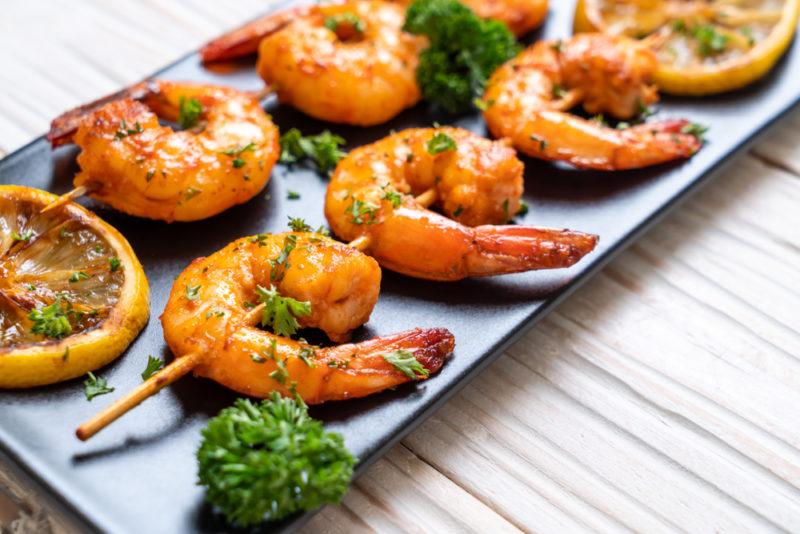
While fish seem to get the limelight these days, shellfish are actually just as powerful for your health. They all offer plenty of nutrients, along with protein and omega-3 fatty acids.
You’ll get iodine from most types of shellfish. Shrimp though, are a standout choice. Not only are shrimp rich in iodine, but the shellfish is also a great source of selenium and vitamin B12. A serving of shrimp isn’t high in calories either, making shrimp a perfect choice if you’re worried about your weight.
Seaweed
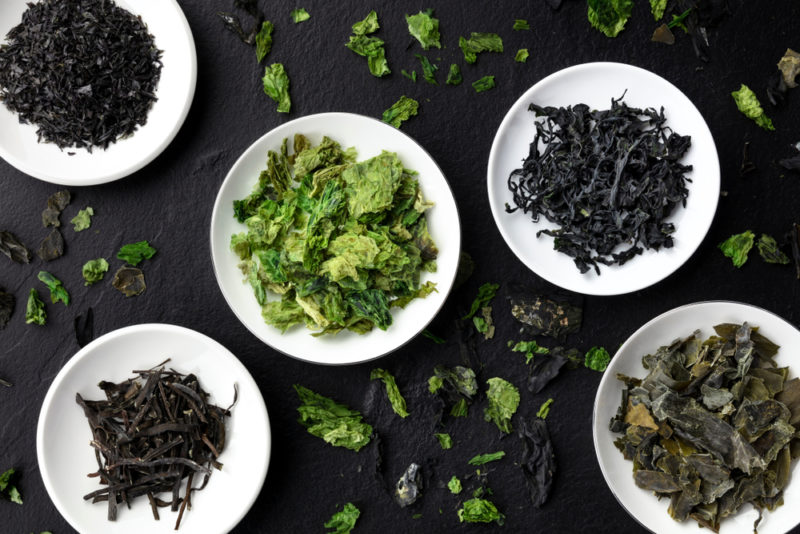
Seaweed isn’t just something that gets wrapped around sushi. It is also surprisingly nutritious and is one of the best natural choices for iodine – as long as you choose the right type.
Kombu kelp is the standout type of seaweed for iodine. A single gram of some varieties can provide more than 2,000% of your daily iodine intake. How’s that for impressive? Wakame seaweed contains a decent amount too, while the red seaweed nori provides much less iodine.
The amount of iodine does change based on various factors, like where the seaweed is grown, how it’s prepared, the type of seaweed, and the specific variety. This means that you can never predict the amount of iodine present. Still, you’ll get at least some iodine from all types of seaweed.
Because seaweed is basically a plant, it can be eaten by vegetarians and vegans. This is an important advantage, because those people can’t rely on fish or shellfish as a source of iodine.
Eggs
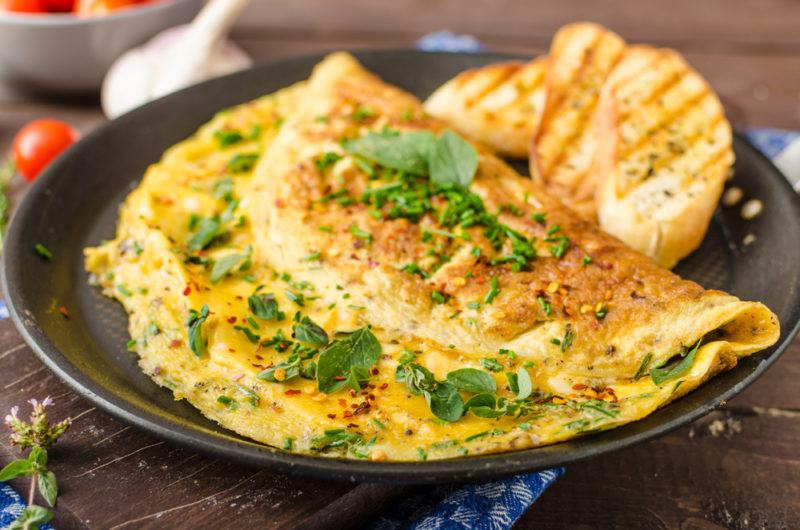
Can we talk about eggs for a minute? They’re almost a perfect food, as they provide plenty of nutrients in a small and delicious package. Plus, eggs are protein rich and can provide you with energy for hours. They’re perfect for breakfast, although you can have them at any time of the day that you like.
The iodine can be found in the yolks of the eggs, so you can’t just focus on the whites.
There’s another interesting thing too – the iodine comes from the feed that the chickens are given. This varies from farm-to-farm, so the iodine levels will vary as well.
Milk
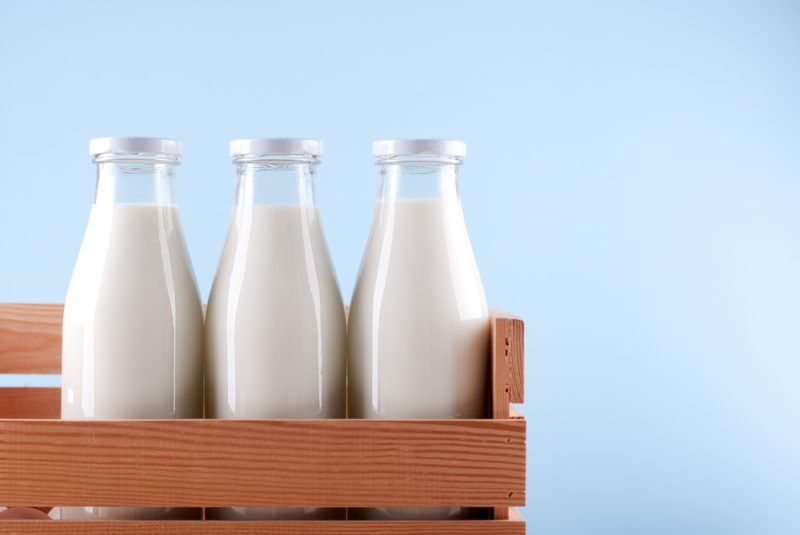
Milk provides iodine, which means that milk derivatives like yogurt will often provide iodine too.
However, the amount of iodine can be quite unpredictable. One study found levels ranging from 59% to 112% – and they were just looking at farms in the Boston area. There’s so much variation because the iodine levels are based on the iodine that’s in cattle feed, which can vary between farms.
This variation gets even stronger when you’re looking at products that rely on milk, like yogurt and cheese. After all, there are plenty of differences in how these are made and the other ingredients that are used. These differences can affect the iodine levels.
Still, while there are no guarantees about the amount of iodine you’ll get in milk or other dairy foods, you should get some regardless.
If you’re lactose intolerant, dairy mightn’t be a great choice, unless you focus on lactose free dairy products. For example, lactose free milk is regular milk where the lactase enzyme has been used to break down the sugar. This makes the milk digestible, even if you’re lactose intolerant.
While plant-based milks are a natural alternative to dairy milk, most of these don’t offer much iodine. If you’re relying on these, then you must get your iodine elsewhere.
Cottage Cheese
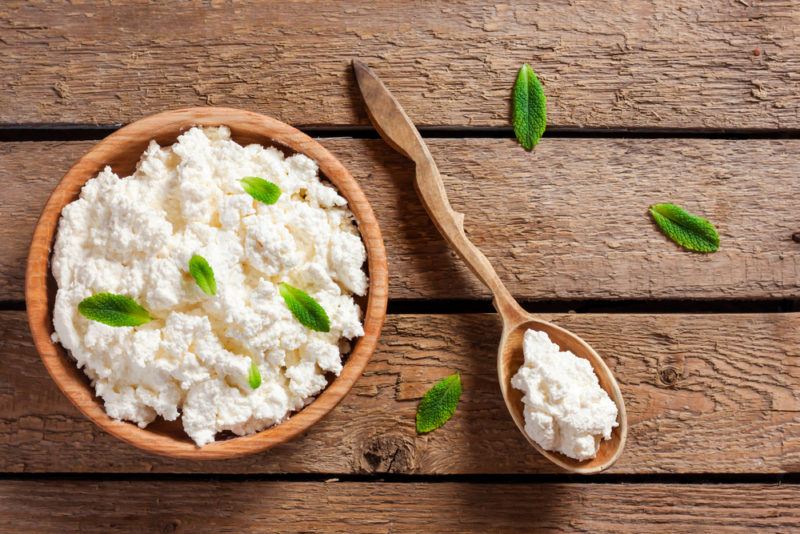
Because there’s iodine in milk, you’ll get some iodine from most types of cheese. However, cottage cheese remains one of the best choices. You get roughly 65 mcg from a cup of cottage cheese (although the amount will vary from brand-to-brand).
Cruciferous Vegetables
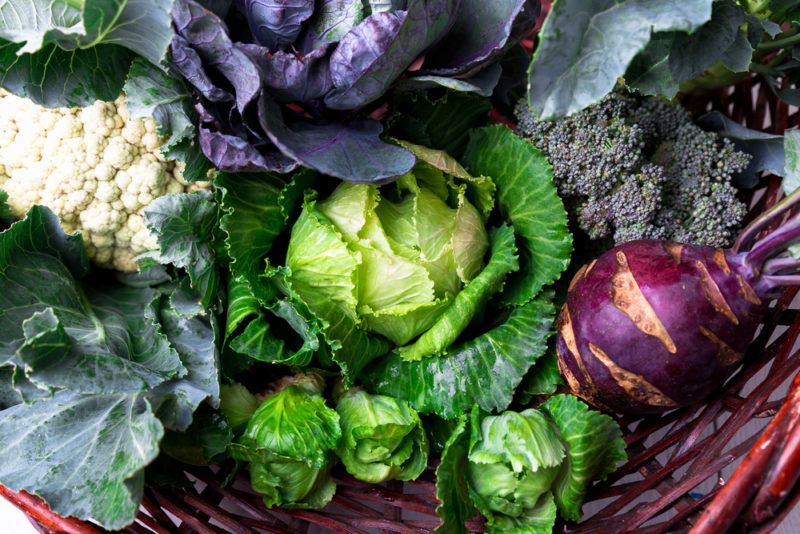
Cruciferous vegetables is a large category. It includes some of the leafy greens like kale, collard greens, and bok choy, along with vegetables like broccoli, cauliflower, and Brussels sprouts. There are some less familiar entries too, like bamboo shoots and rutabaga.
Not only have cruciferous vegetables been linked to many benefits, but each of the vegetables are packed full of nutrients. They’re low in calories too, which makes them excellent for promoting your health.
Cruciferous vegetables have an interesting relationship to your thyroid, by preventing your thyroid from using iodine as it should. This can be a bad effect in some situations, especially if your iodine intake is low.
However, cruciferous vegetables are perfect for hyperthyroidism, as they can help get your hormone levels back in balance.
It’s also worth mentioning that this effect is stronger with uncooked green cruciferous vegetables. The problematic compounds, known as goitrogens, are generally deactivated after the vegetables have been cooked.
Iodized Salt
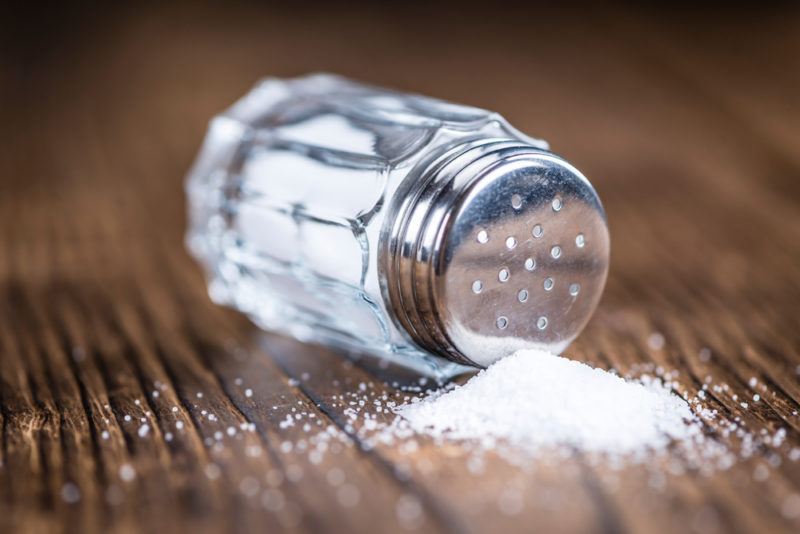
We’ve been focusing on iodine thus far, so it would be remiss to skip iodized salt. As the name suggests, this is simply salt that has been enriched with iodine. This is done because iodine is an important nutrient and it’s easy to be deficient in it.
The practice of including iodine in salt has helped to decrease iodine deficiency and promote health. Iodized salt is one of the easiest ways to increase iodine levels – as you can simply scatter it on food.
There are a couple of limitations though.
The first is that many people are consuming too much sodium as-is. Others may need to be on a low-sodium diet to improve their health. If you need to cut down sodium, for any reason, then iodized salt won’t be a great choice for your iodine.
The second is that iodine isn’t included with all types of salt. For example, pink Himalayan salt contains some natural iodine, but it there isn’t any added iodine. So, the iodine levels are lower.
Sea salt is often non-iodized too. Some brands of table salt won’t have added iodine either, as each company gets to choose for themselves. If you want iodine with your salt, you’ll need to check the ingredient labels carefully to find the right product.
Iron Rich Foods
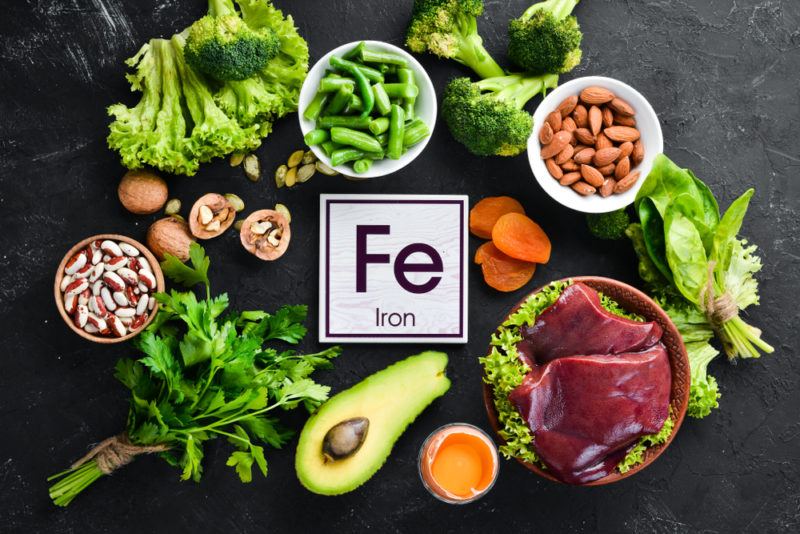
Iron is an essential mineral. It plays many roles in the body, including helping your blood to carry oxygen throughout the body. Having low levels of iron puts you at risk of hyperthyroidism, which can then lead to a goiter or other problems.
Women need more iron than men and often consume less iron than them. This combination means that women at a greater risk of iron deficiency.
Thankfully, there are many iron rich foods for you to focus on. Red meat is one of the most obvious choices, but you can also find iron in shellfish, eggs, dark leafy greens, beans, lentils, pumpkin seeds, tofu, and even baked potatoes.
If you run out of options, you could turn to iron enriched foods or even supplements. Honestly though, even if you’re on a vegan diet, there are plenty of sources of iron out there. You just need to plan your diet to make sure that you’re getting enough iron.
Selenium Rich Foods
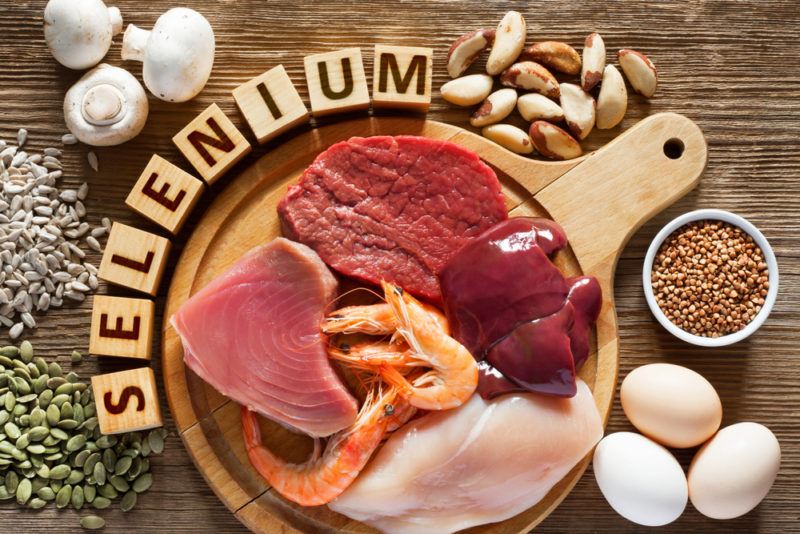
Selenium is another nutrient that helps with your thyroid hormones and keeps your thyroid healthy. And, of course, selenium has plenty of other benefits too.
Brazil nuts are easily the most powerful selenium rich food. You can actually get more than 100% of your daily selenium intake from a few Brazil nuts. You’ll need to be careful here, as too much selenium isn’t good for you.
Fatty fish like tuna and sardines are another good choice for selenium. Other options include shrimp, eggs, tofu, pasta, sunflower seeds, and spinach.
Zinc Rich Foods
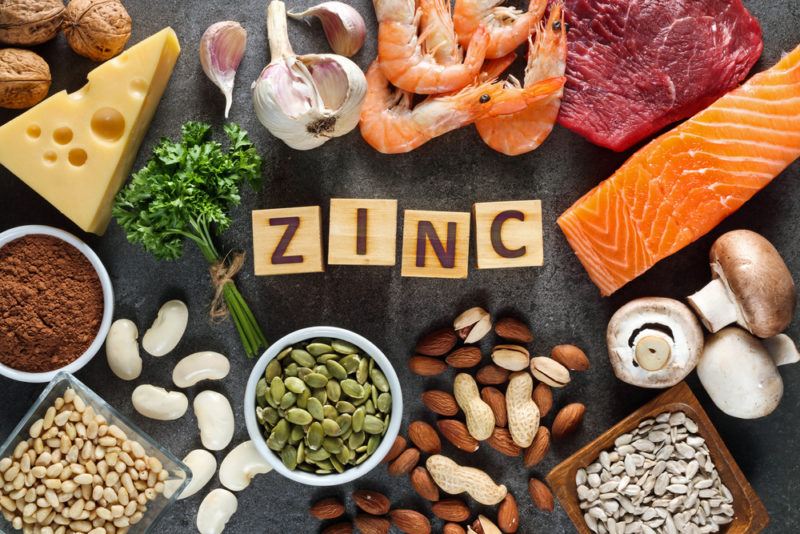
Zinc is another nutrient to pay attention to. It’s sometimes linked to male sexual health, energy levels, and thyroid health.
Zinc isn’t a hard mineral to find as it is present in many foods. Plus, it’s a trace mineral, so you don’t need a large amount of it to meet all your needs. Key sources of zinc include red meat, shellfish, beans, pumpkin seeds, kale, and many more.

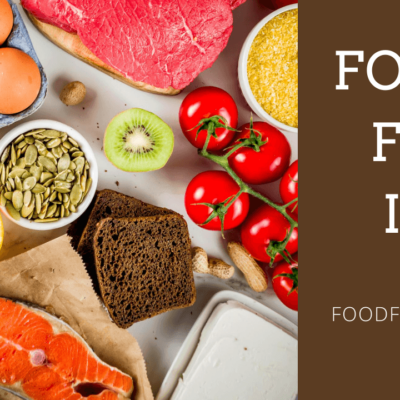

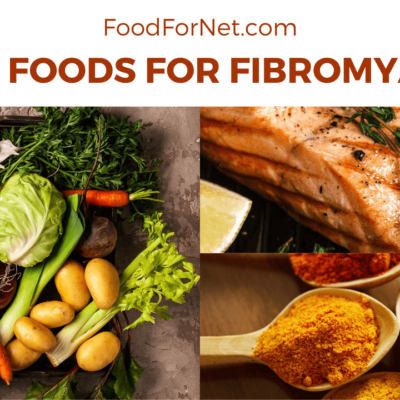

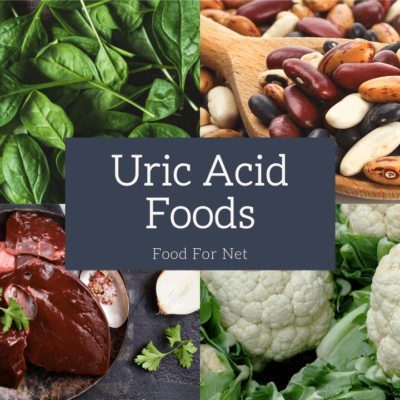

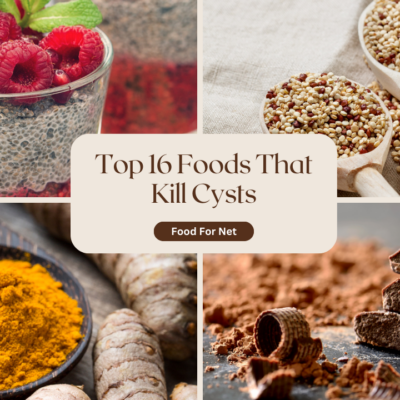
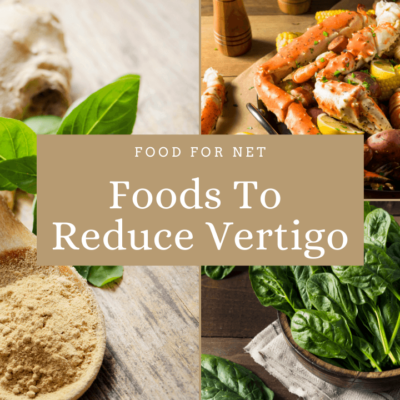
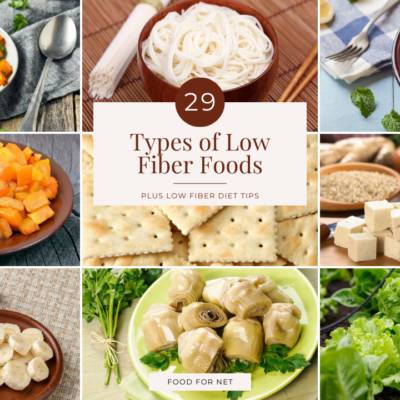
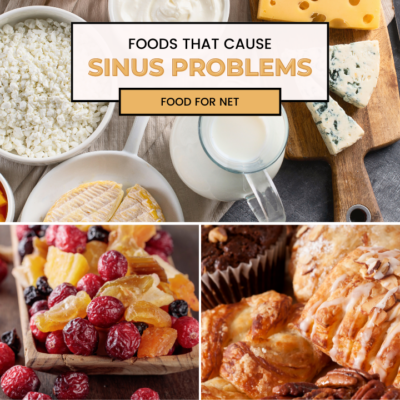
 Russian Food That You Won’t Be Able To Get Enough Of
Russian Food That You Won’t Be Able To Get Enough Of
Leave a Reply